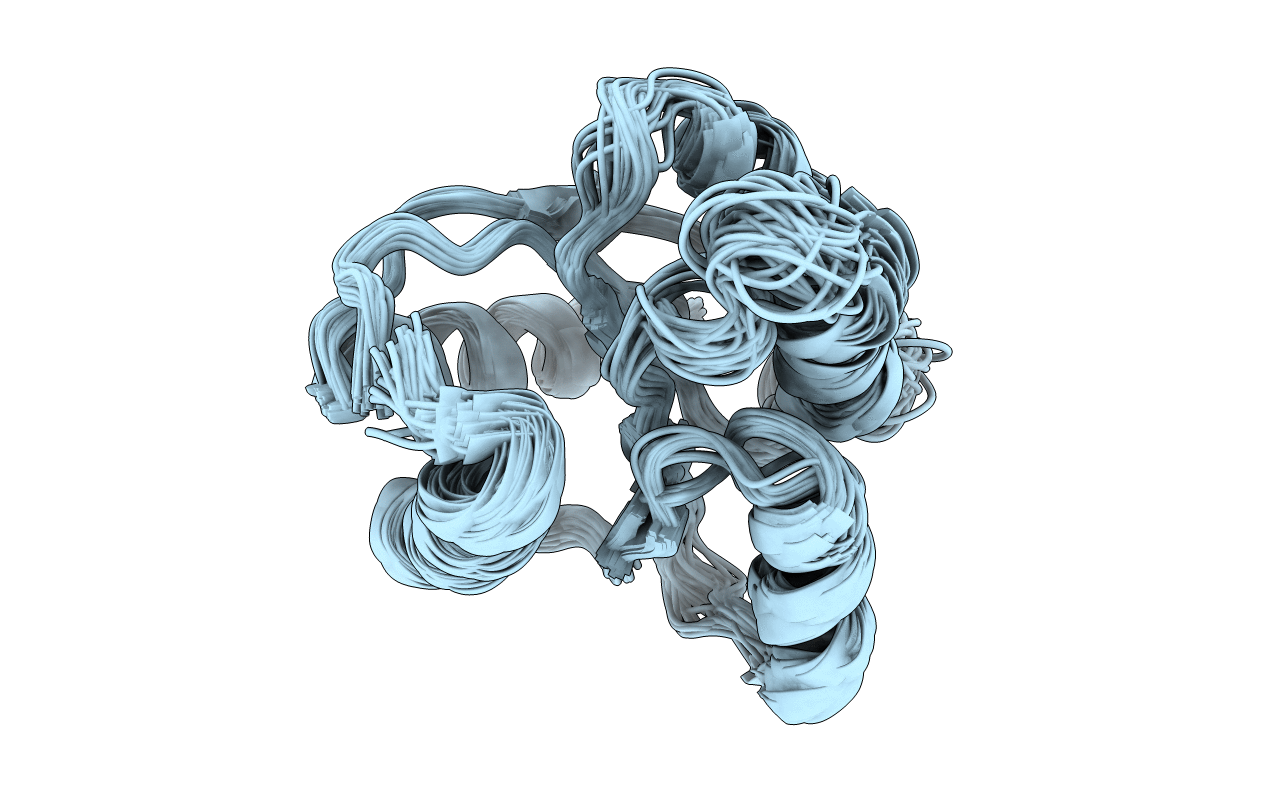
Deposition Date
1994-11-23
Release Date
1995-02-07
Last Version Date
2024-05-22
Entry Detail
PDB ID:
1CEY
Keywords:
Title:
ASSIGNMENTS, SECONDARY STRUCTURE, GLOBAL FOLD, AND DYNAMICS OF CHEMOTAXIS Y PROTEIN USING THREE-AND FOUR-DIMENSIONAL HETERONUCLEAR (13C,15N) NMR SPECTROSCOPY
Biological Source:
Source Organism:
Escherichia coli (Taxon ID: 562)
Method Details:
Experimental Method:
Conformers Submitted:
46


